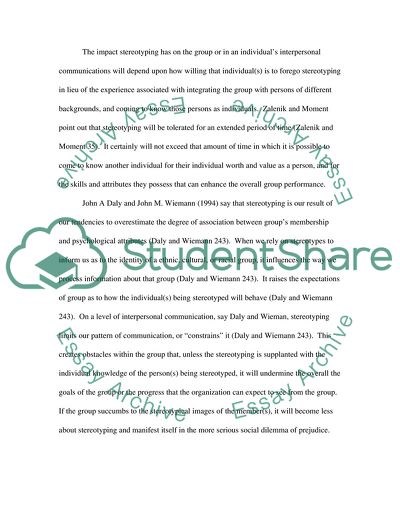Cite this document
(Ability to Communicate Case Study Example | Topics and Well Written Essays - 1750 words, n.d.)
Ability to Communicate Case Study Example | Topics and Well Written Essays - 1750 words. https://studentshare.org/sociology/1714347-stereotyping-and-the-effects-of-it-on-interpersonal-communication
Ability to Communicate Case Study Example | Topics and Well Written Essays - 1750 words. https://studentshare.org/sociology/1714347-stereotyping-and-the-effects-of-it-on-interpersonal-communication
(Ability to Communicate Case Study Example | Topics and Well Written Essays - 1750 Words)
Ability to Communicate Case Study Example | Topics and Well Written Essays - 1750 Words. https://studentshare.org/sociology/1714347-stereotyping-and-the-effects-of-it-on-interpersonal-communication.
Ability to Communicate Case Study Example | Topics and Well Written Essays - 1750 Words. https://studentshare.org/sociology/1714347-stereotyping-and-the-effects-of-it-on-interpersonal-communication.
“Ability to Communicate Case Study Example | Topics and Well Written Essays - 1750 Words”. https://studentshare.org/sociology/1714347-stereotyping-and-the-effects-of-it-on-interpersonal-communication.


